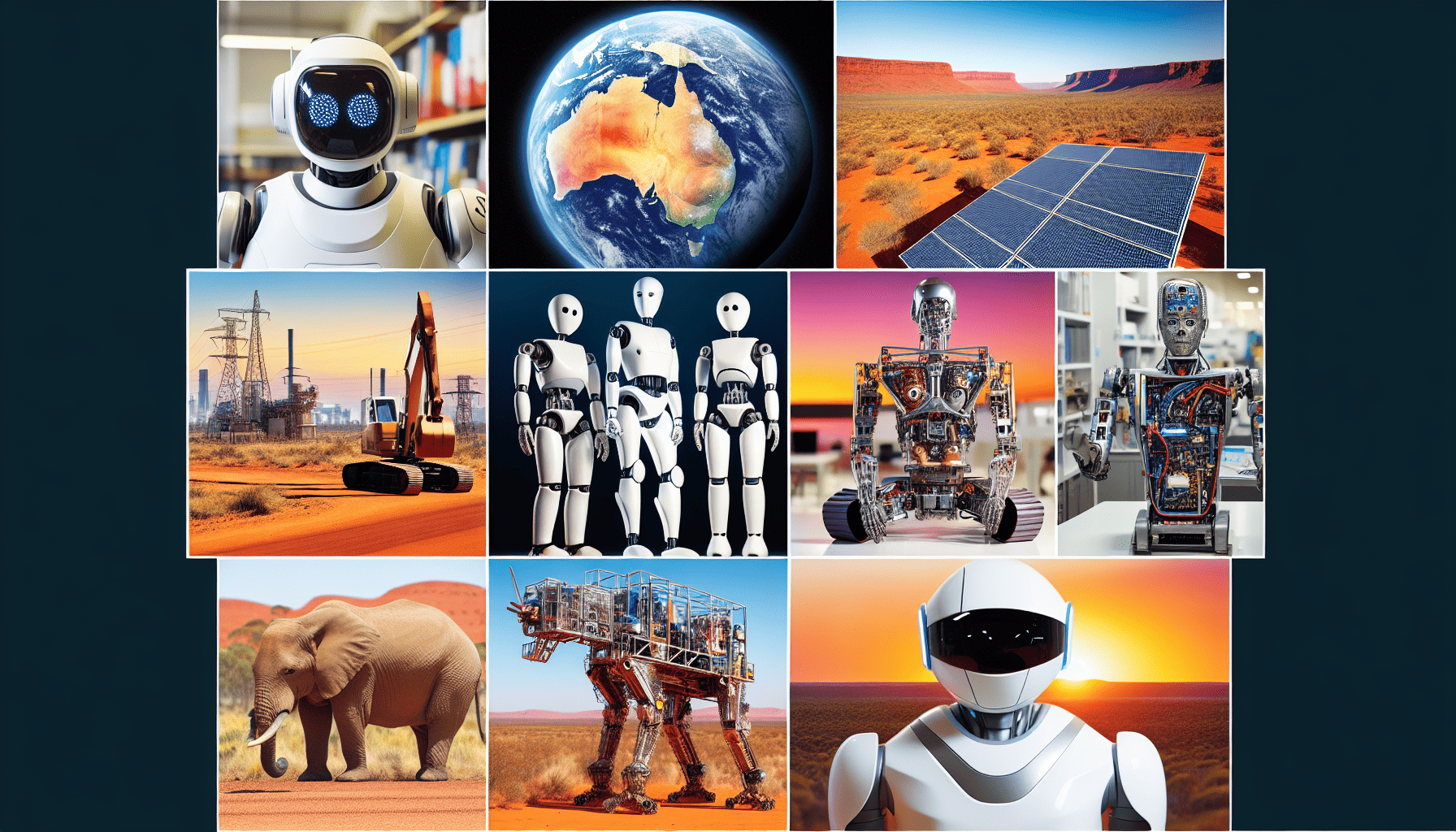Robots have become a quintessential part of our modern world, working tirelessly in industries ranging from manufacturing to healthcare. While their presence is now commonplace, there are numerous fascinating facts about these mechanical wonders that often go unnoticed. Delving into these intriguing aspects of robotics reveals the true scope and versatility of this technology.
Robots have been around longer than we might assume. The conception of robots can be traced back to ancient civilizations, with rudimentary automatons created in ancient Greece and China. However, the term "robot" was first introduced by Czech writer Karel Čapek in his 1920 play, R.U.R. (Rossum's Universal Robots). Derived from the Czech word "robota," meaning forced labor, the term initially described fictional humanoid machines.
One might think of robots as intricate machinery, yet one of the first programmable robots, the Unimate, was developed in the 1950s. Designed by George Devol and Joseph Engelberger, the Unimate was an industrial robotic arm used in automobile manufacturing. This pioneering invention laid the groundwork for modern robotics, fundamentally transforming manufacturing processes by enhancing efficiency and safety in the production line.
A truly surprising fact is that humans aren't the only ones creating robots—some have been designed to replicate nature. Roboticists often draw inspiration from animals, developing biomimetic robots that replicate the movements and functions of living creatures. For example, the BionicOpter robot, developed by Festo, mimics a dragonfly's flight, providing insights into the complexities of natural winged motion. Such inventions showcase the intricate relationship between robotics and biology.
In a fascinating intersection of robotics and art, humanoid robots are now being utilized to create intricate pieces of art. AI-powered robots like Ai-Da, the world's first robot artist, have begun exploring the creative sphere, producing original works of art. Ai-Da uses algorithms to draw inspiration from the world around her, raising thought-provoking questions about creativity and the nature of art in the age of artificial intelligence.
Robots are not only limited to Earthly bounds; they have become key players in space exploration. NASA's Mars rovers, such as Curiosity and Perseverance, are robotic explorers designed to navigate the Martian environment, analyze rock samples, and search for signs of past life. These robotic missions have significantly enhanced our understanding of the Red Planet, paving the way for future human exploration.
Aside from exploration, robotics has profound implications in the field of healthcare. Modern surgical robots, such as the da Vinci Surgical System, enable surgeons to perform delicate procedures with enhanced precision and control. Moreover, robotic prosthetics and exoskeletons have dramatically improved the quality of life for individuals with disabilities, offering new possibilities for movement and independence.
Surprisingly, even food production has embraced robotics. Automated systems can now handle delicate tasks like fruit picking, utilizing machine learning algorithms to select ripe produce without damaging it. This advancement holds the potential to revolutionize the agricultural industry by addressing labor shortages and maximizing efficiency.
In the face of these technological marvels, ethical considerations have emerged as a vital area of discussion. As robots grow increasingly autonomous, questions surrounding accountability, privacy, and the potential replacement of human workers become more pressing. Addressing these challenges requires a thoughtful approach, balancing innovation with ethical responsibility.
Ultimately, robots are far more than metal and circuits; they are a testament to human ingenuity and creativity. As technology continues to advance, the line between science fiction and reality progressively blurs, offering boundless potential for future developments. By embracing these fascinating aspects of robotics, we open the door to new possibilities and a deeper understanding of how machines can enrich our lives.
